“We believe that the dugongs represent abundance,” Ismaann, also the president of the Koh Libong tourism cooperative, told This Week in Asia.
“But we also believe that the day they disappear, so will the way of life of the Libong islanders. Then, our legends are all we will have left.”
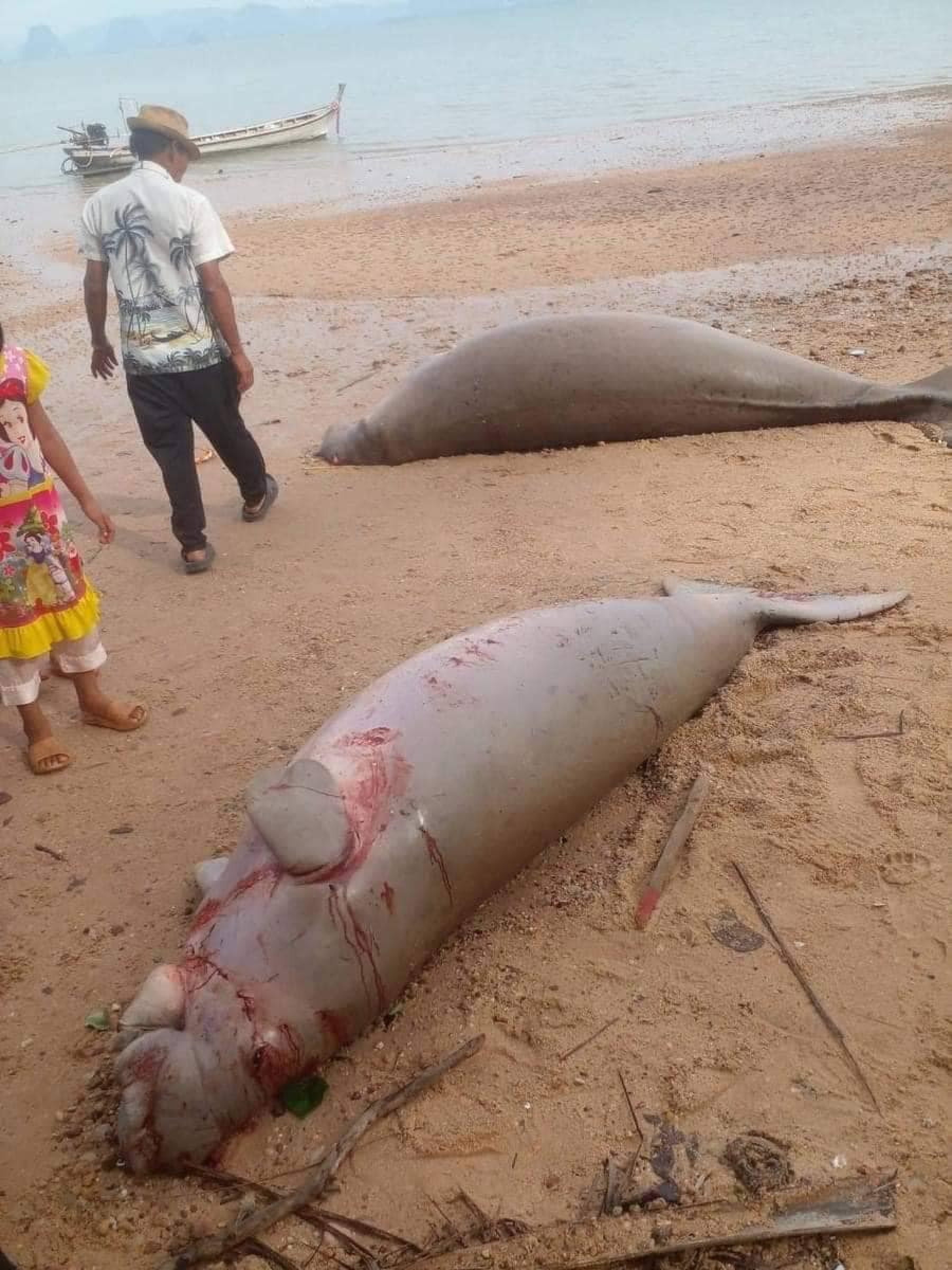
With acres of once submerged grasses now dried up, Thailand’s herd of 200 or so dugongs have been forced to swim north from their home in Koh Libong. Starving, some have foraged northwards to the provinces of Phang Nga and Krabi. But it is proving to be an ill-starred journey.
The carcasses of four dugongs have washed up on beaches there in the last week, three with deep slashes seemingly from propeller blades from boat engines around Krabi.
In the waters around Koh Libong, fishermen and long-tail boat drivers know how to skirt the shallows in which the dugongs feed. But in the seas of Krabi, which pulse with tourist boats, locals have little experience of the endangered creature.
“Dugongs have to migrate to find seagrass elsewhere [and] Phang Nga Bay is a major target,” Kongkiat Kittiwatanawong, Marine Resources and Environment Specialist at the Department of Marine and Coastal Resources, posted on his Facebook Page on May 13.
“But they must adapt to new threats from both fishing gear and propellers. During these times of vulnerability, humans should ‘share the space and help’ so that they can survive.”
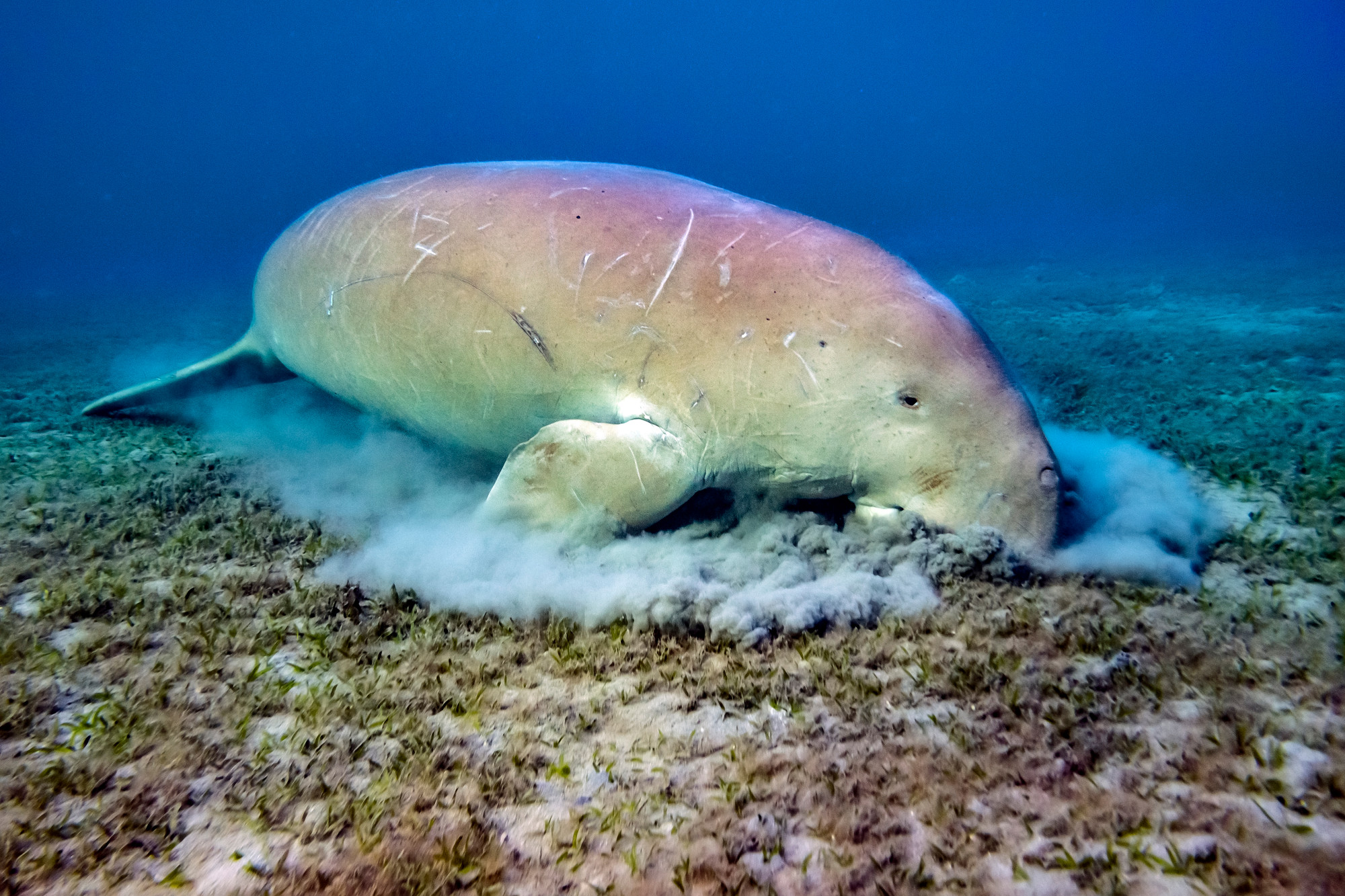
Hungry and lost
A map of the feeding channels used by dugongs has been hastily shared by the marine department, recognising the potentially existential risk to the dugong population if the fishers and tourist boatmen of Phang Nga Bay do not quickly adjust to the new navigational hurdle.
To prevent that calamity, authorities have imposed a speed limit of as low as 3 knots around the seagrass beds near the shores and have urged fishers to check their nets regularly and avoid waters where they see dugongs grazing.
The measures come with teeth.
“We may order the shutdown of tourism activities around the national parks, wildlife and marine life protected areas if we find these activities lead to the death of dugongs,” the marine department and Department of Natural Parks said in a joint statement this week.
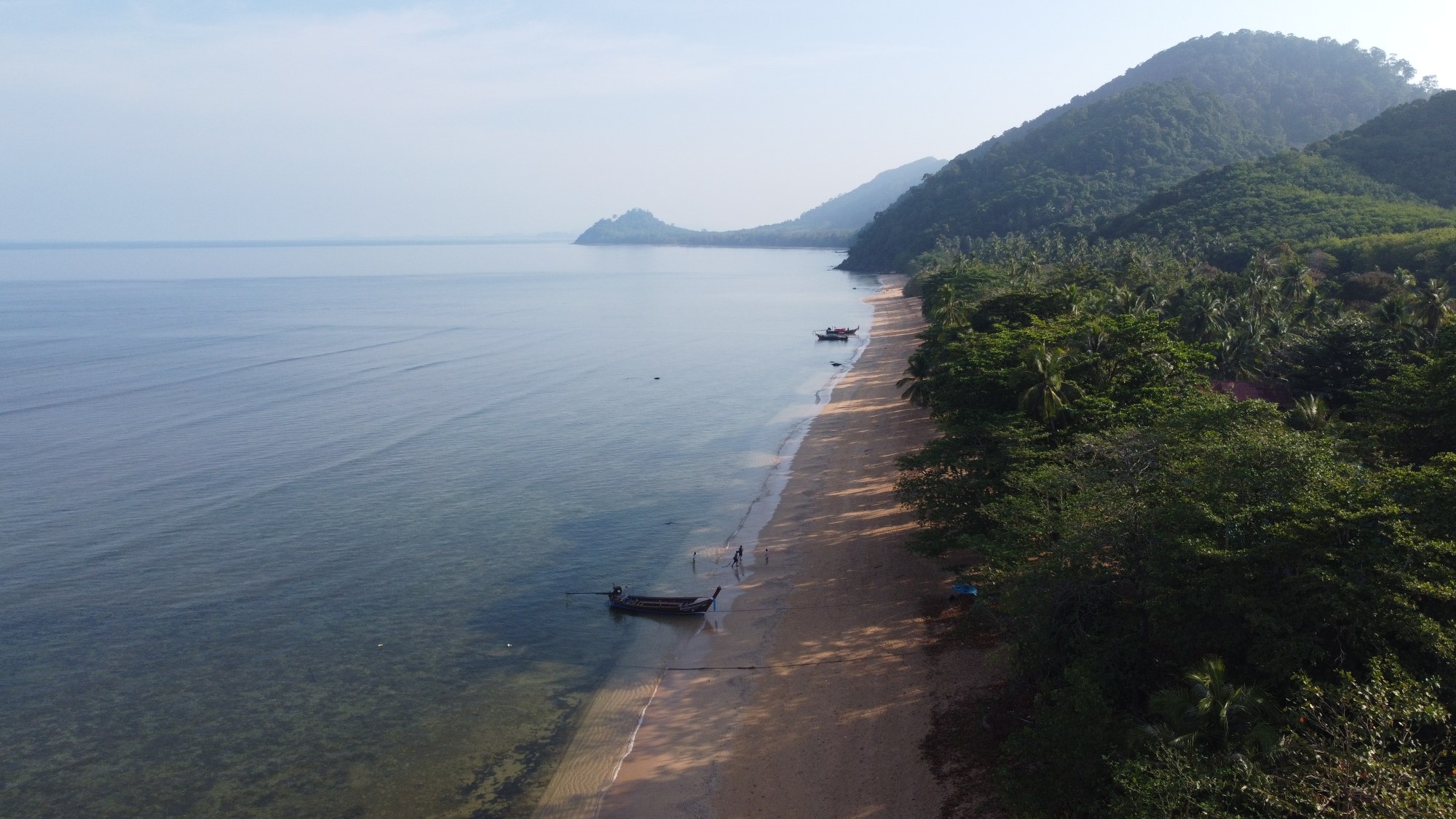
That would be a disaster for the low-season tourist businesses which get by on visitors around Phuket, Phang Nga and Krabi.
But it may be essential after a grim year for the gentle, plump sea creature, colloquially known as the sea cow.
Conservationists say 20 dugongs have died so far, hit by boats, or starved out by the lack of seagrass, the emaciated carcasses that reach shore paying sad testament to a high-speed loss of habitat.
“As far as I can remember, there has never been a time when dugongs have died as frequently as this,” said Thon Thamrongnawasawat, Thailand’s leading marine scientist from Kasetsart University.
Sea temperature rises have also meant a decline in the abundance of sea turtles and dolphins off Koh Libong.
Further north in Krabi, coral is being bleached at an alarming number of once pristine sites – as the confluence of harsh sun, warming water and pollution eviscerates the crucial fish habitat.
It could be part of the El Niño year, but scientists fear the overall trajectory is set.
“This is not a hit to the environment,” Thon said. “It’s climate K.O.”
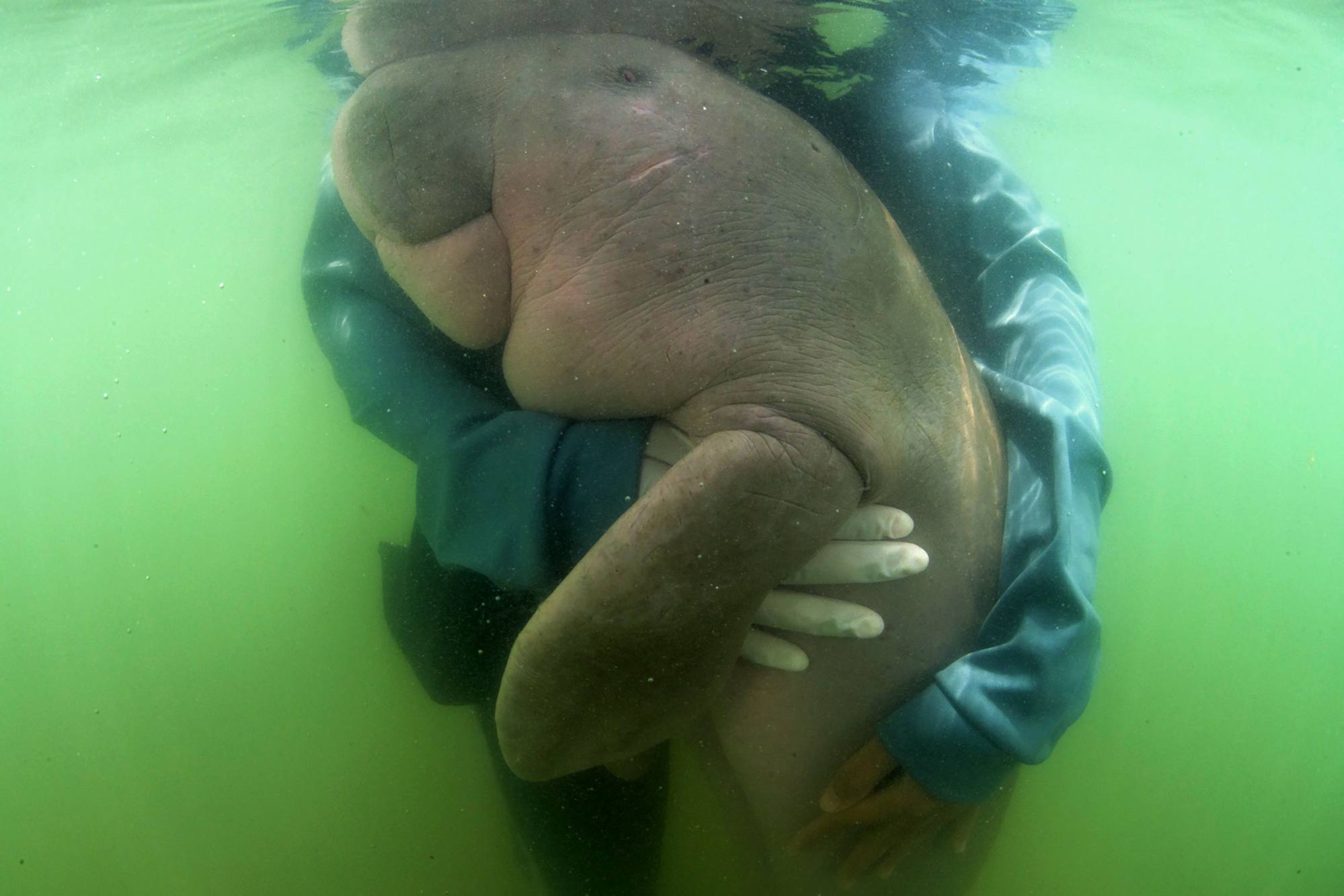
Marium, the dugong darling
In 2019, Thailand fell in love with its dugong.
An eight-month-old baby called “Marium” lost her way from her parents and was lovingly nursed round-the-clock by vets and locals as the nation tuned in. But she eventually died, a victim, it is believed, of the plastic pollution which abounds in the Andaman Sea.
Marium sparked a revolution of plastic recycling on Koh Libong, and her memory still brings tears to the eyes of those who recall those days on an island which has done little to contribute to global heating yet is facing the collapse of its sea ecosystem.
Ja, who sells saffron rice and chicken, says she first saw a dugong aged nine.
“Now I hear the news about them dying, it makes me really sad,” she said, tears rolling down her cheeks. “When Marium died, we were lost for words. But what about our children? Are there going to be any dugongs left for them to see?”
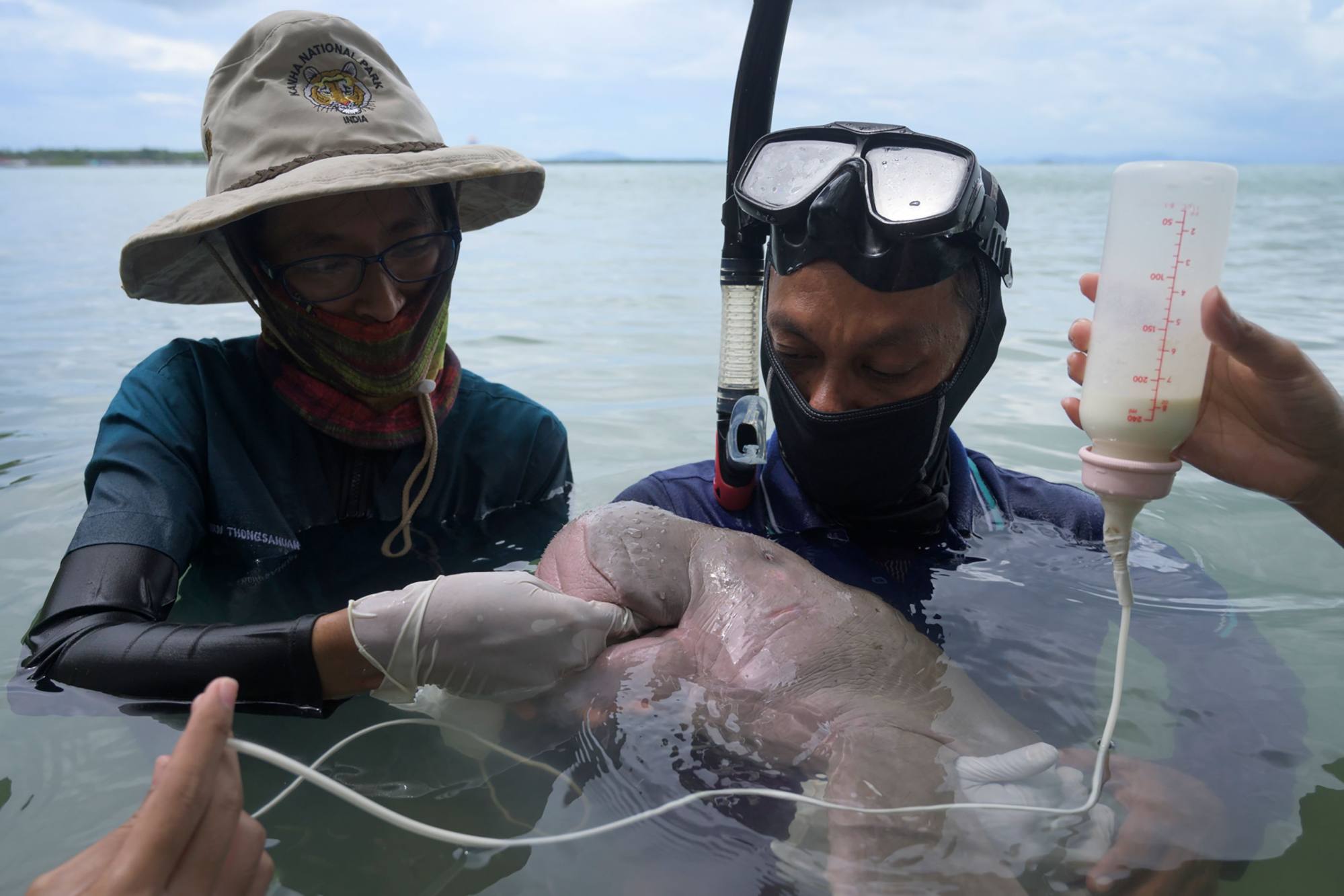
But the dugongs are reluctant child-bearers – females give birth to a single calf every three to seven years – and are nourished by a diet almost completely consisting of seagrass, making them hyper sensitive to environmental changes or stresses, such as pollution, boat traffic or increased volume of storms.
WWF, the global conservation body, says that where coastal development and industrial activities also pollute their habitat, fewer calves are born, making preservation of the feeding grounds essential to sustaining a population.
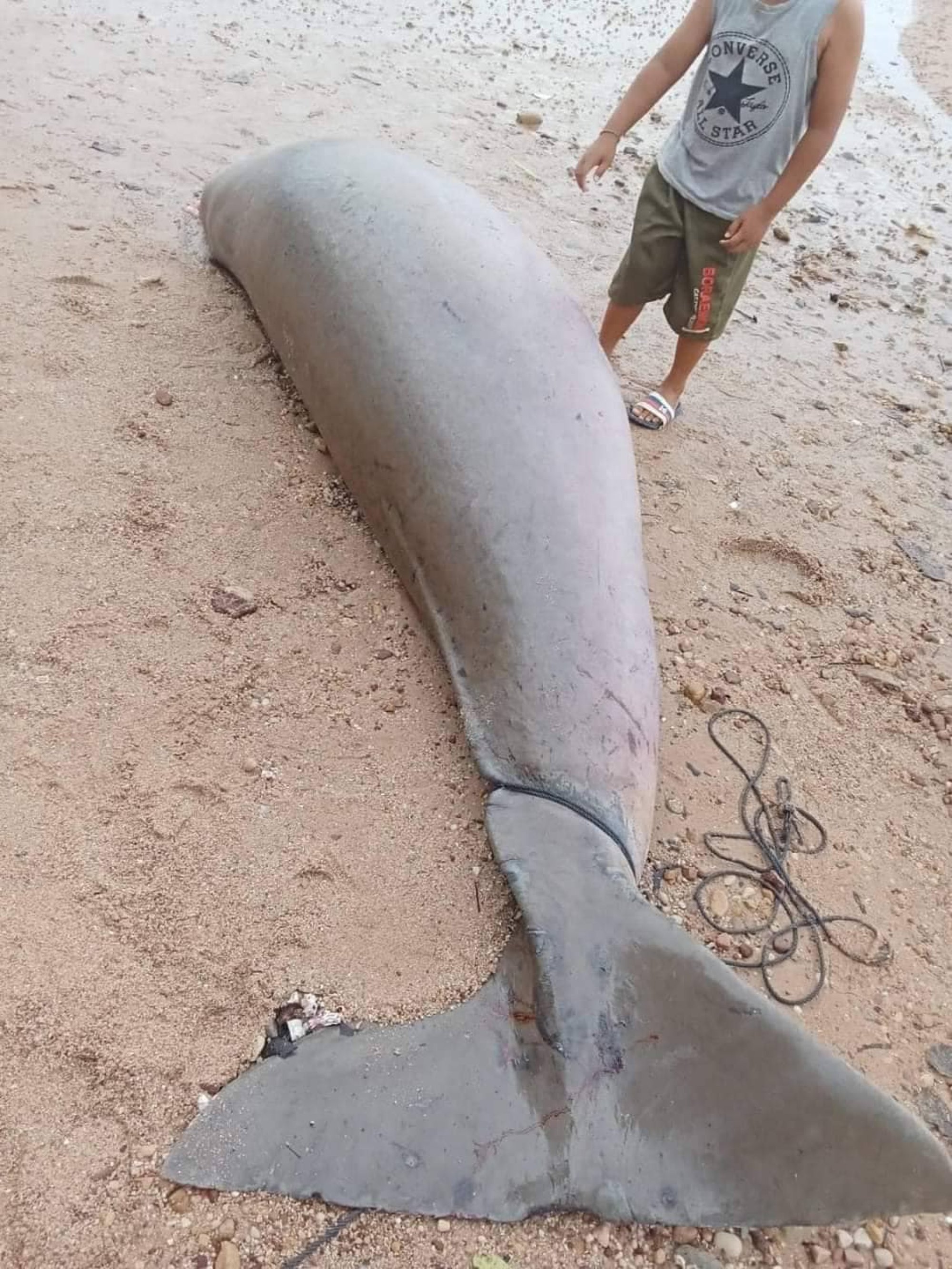
In Thailand, with a relatively tiny number of dugongs, Koh Libong islanders fear the species cannot afford losses of any number.
A short boat ride from the mainland, the island has its own rhythm.
There are no cars, just motorbikes with sidecars (known as saleng), and the only paved road passes countless signs for cafés, resorts and viewpoints trading on the name of the sea creature which gives definition to the island.
Aside from the call to prayer on hot, long pre-monsoon days, the only flurries of action take place when boats arrive at the pier with a new group of tourists – most of them eager for a sighting of the dugongs.
But this year, no one has had one for months.
That is bad news for the island’s tourism, with a smattering of dugongs instead found grazing over on Koh Mook, a 45-minute boat ride away.
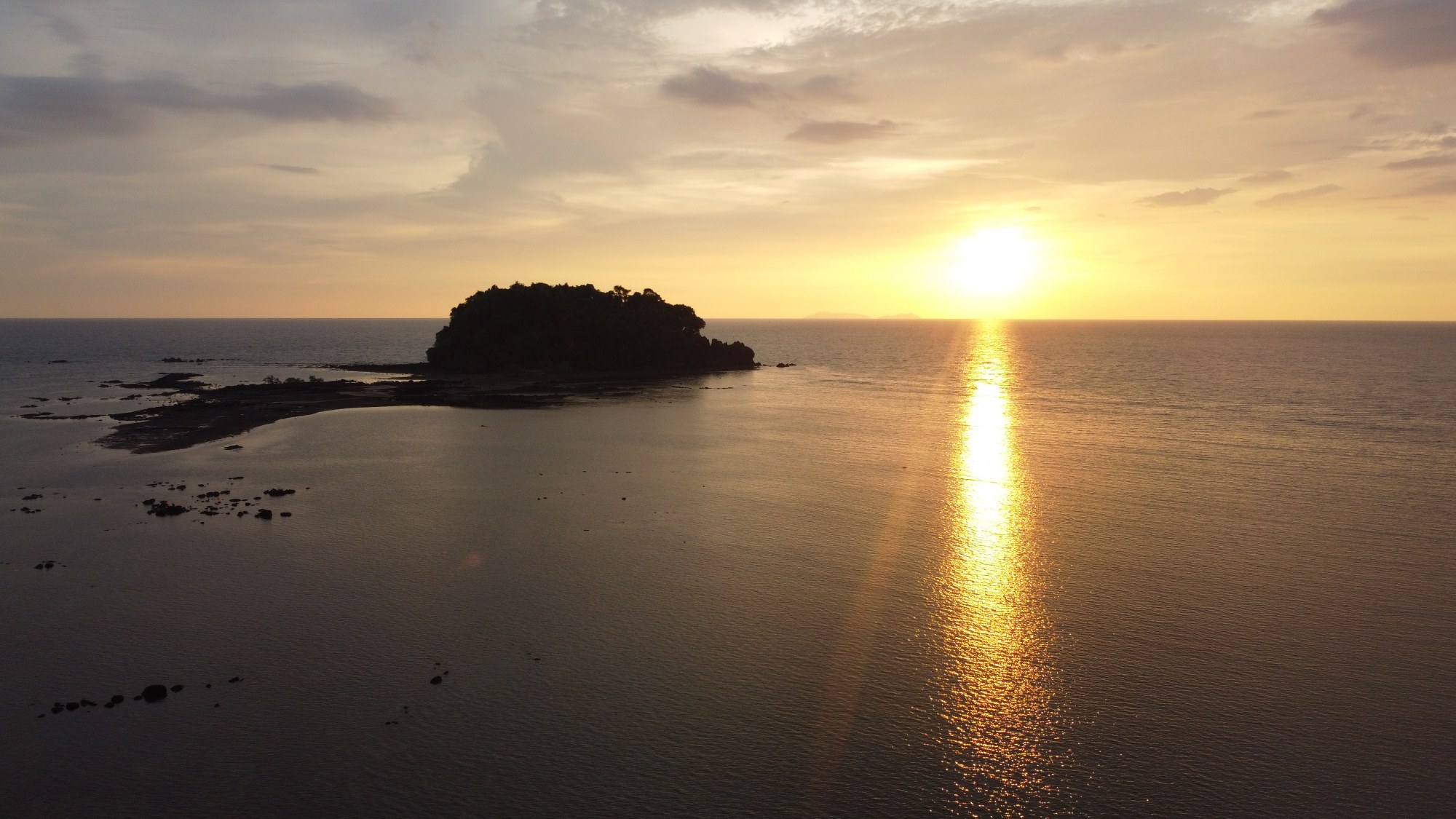
Tour operator Linda Tonwicha says the loss of business pales in comparison to the disappearance of a species which is much more than a mascot.
“They started to disappear last year, but this is much worse,” she said. “I’m stunned. I grew up here, this is my home, and they are a part of it.”
On the long pier which leads to a viewing tower, a former prime dugong-spotting point now overlooks shrunken acres of seagrass, Sohsia Damlong is also mournful.
“We have lived together for a long time,” she said. “But now they have disappeared.”
Her son, Sittha, who runs a tourist boat, says getting through the off-season is hard enough without the “40 per cent” tail-off in bookings from disappointed tourists.
For someone who spends every day at sea, he says the loss is immediate and personal.
“It feels lonely out there,” he added.

